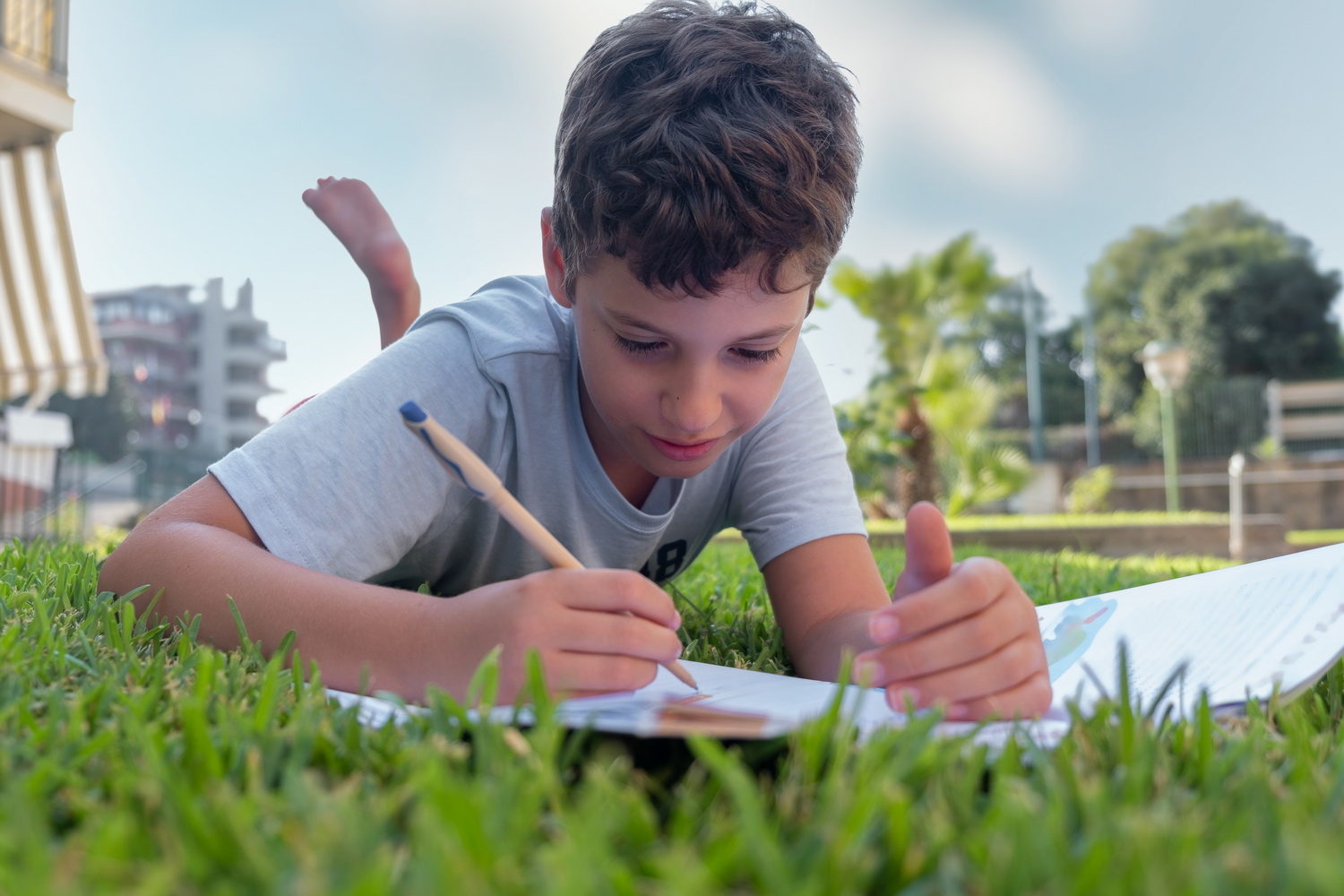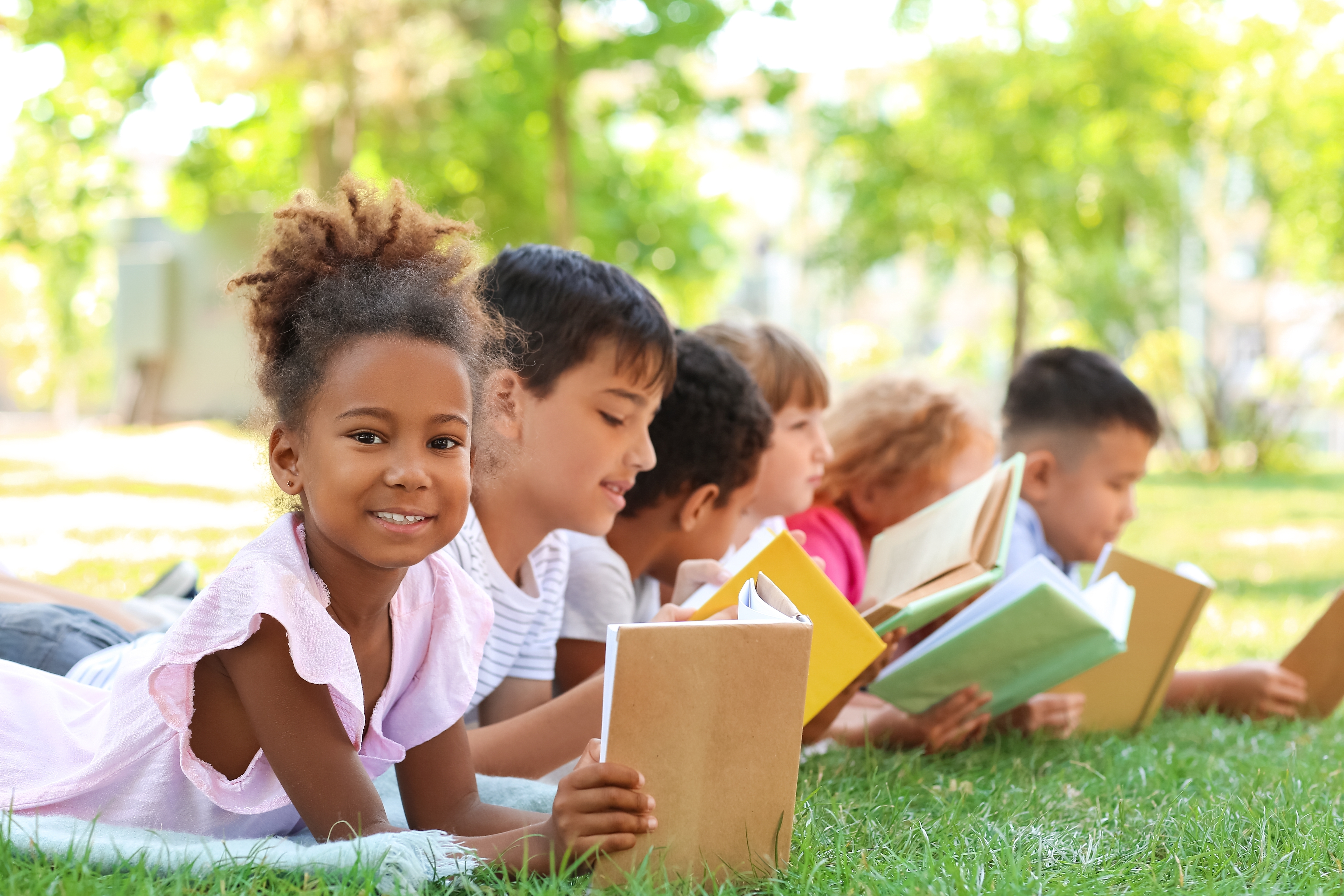Color recognition Reading Fiction Worksheets for Ages 4-8
6 filtered results
-
From - To
Discover our engaging "Color Recognition Reading Fiction Worksheets" designed specifically for children ages 4-8! These colorful resources combine the joy of storytelling with essential color recognition skills. Each worksheet features delightful fictional scenarios that encourage young readers to identify and match colors, enhancing their cognitive development while making learning fun. With visually appealing illustrations and age-appropriate activities, children will boost their confidence in identifying colors within various contexts. Ideal for use at home or in the classroom, these worksheets foster creativity, visual discrimination, and early literacy skills. Bring the wonderful world of colors to life with our specially curated materials today!


Pre–reading Worksheet: What Do You See?


Little Blue Belle Worksheet


Twinkle Twinkle Little Star Coloring Page
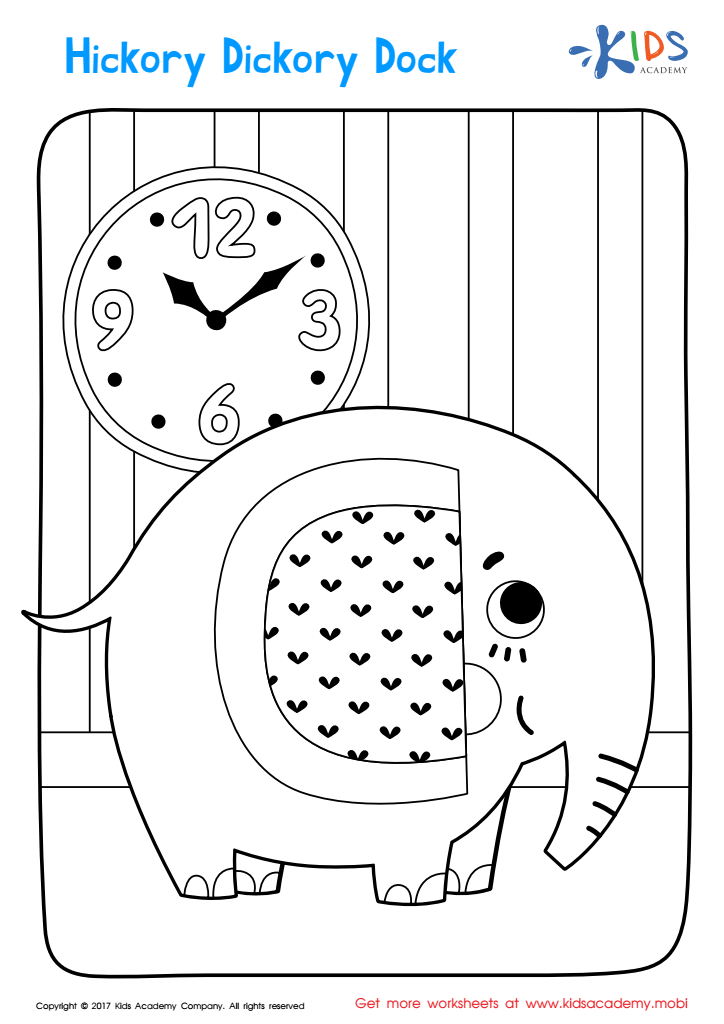

Hickory Dickory Dock Coloring Page
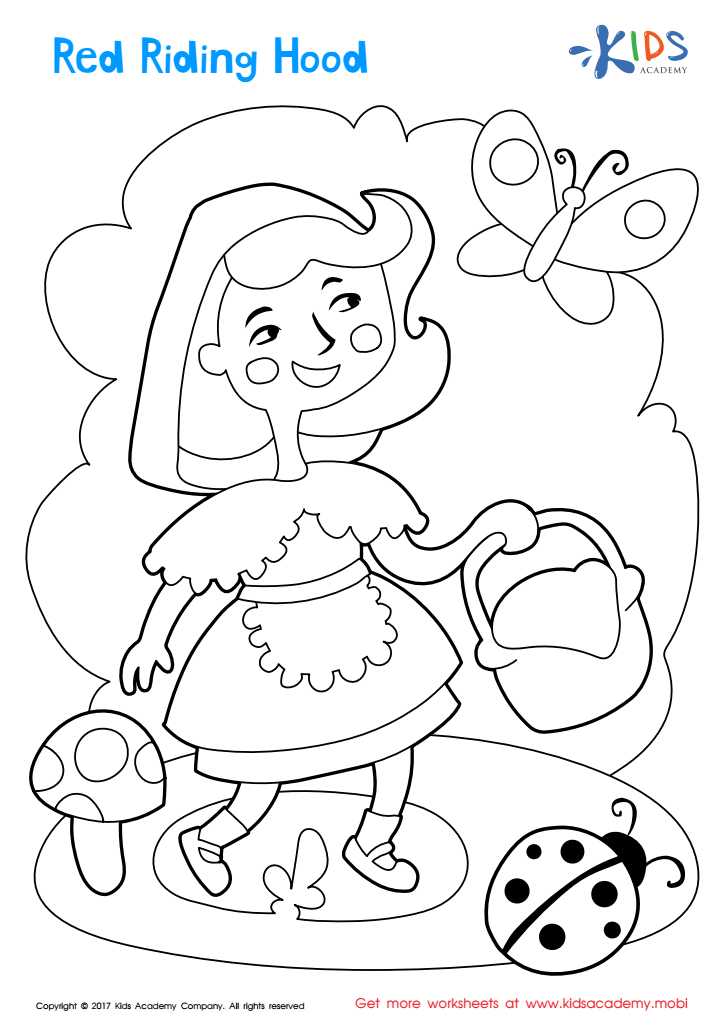

Red Riding Hood Coloring Page
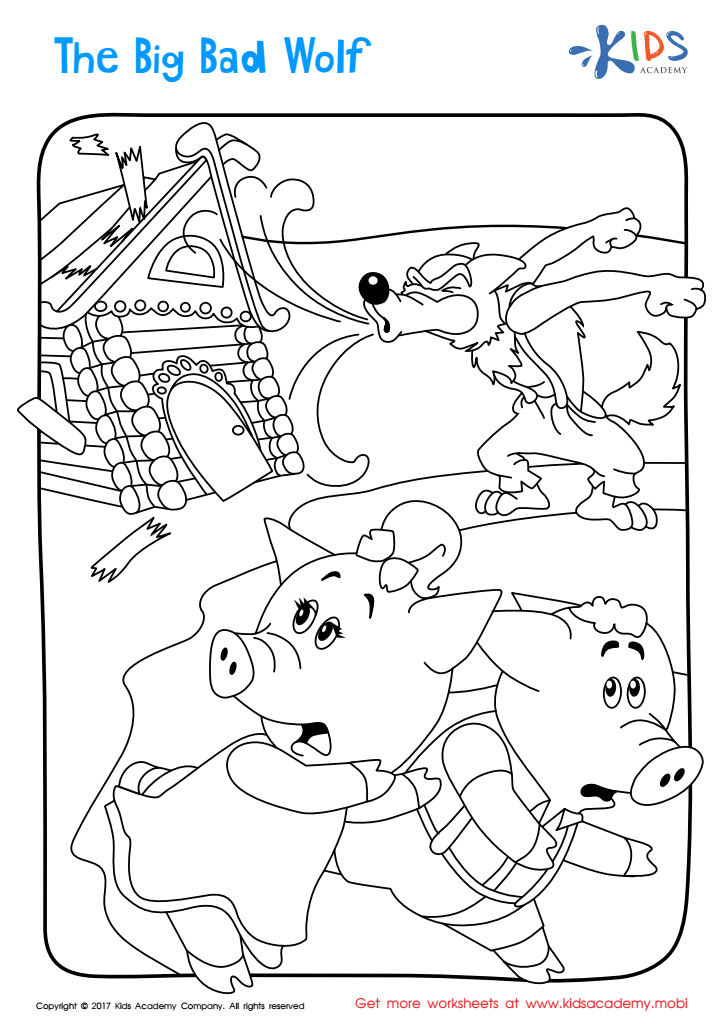

Big Bad Wolf Printable Coloring Page
Color recognition is a fundamental skill that plays a significant role in the early education of children aged 4-8. For parents and teachers, understanding the importance of color recognition within the context of reading fiction can greatly enhance a child’s learning experience. First, color recognition facilitates cognitive development by allowing children to categorize and make connections between different elements in their everyday world. When children engage with colorful illustrations in storybooks, they are not only drawn to the vibrant imagery but are also encouraged to identify and name those colors.
Incorporating color recognition in reading fiction helps develop language skills as kids learn to describe characters, settings, and emotions through colors. Additionally, these skills nurture creativity, allowing children to envision stories and create their narratives with vivid imagery.
Moreover, color recognition can enhance comprehension and retention of stories, as children are more likely to remember and engage with narratives that utilize colorful visual aids. Ultimately, color recognition provides a multisensory approach to learning and reading comprehension, making reading more enjoyable and effective. By prioritizing this skill, parents and teachers can support their children’s developmental milestones, laying a strong foundation for future literacy and learning success.

 Assign to My Students
Assign to My Students








